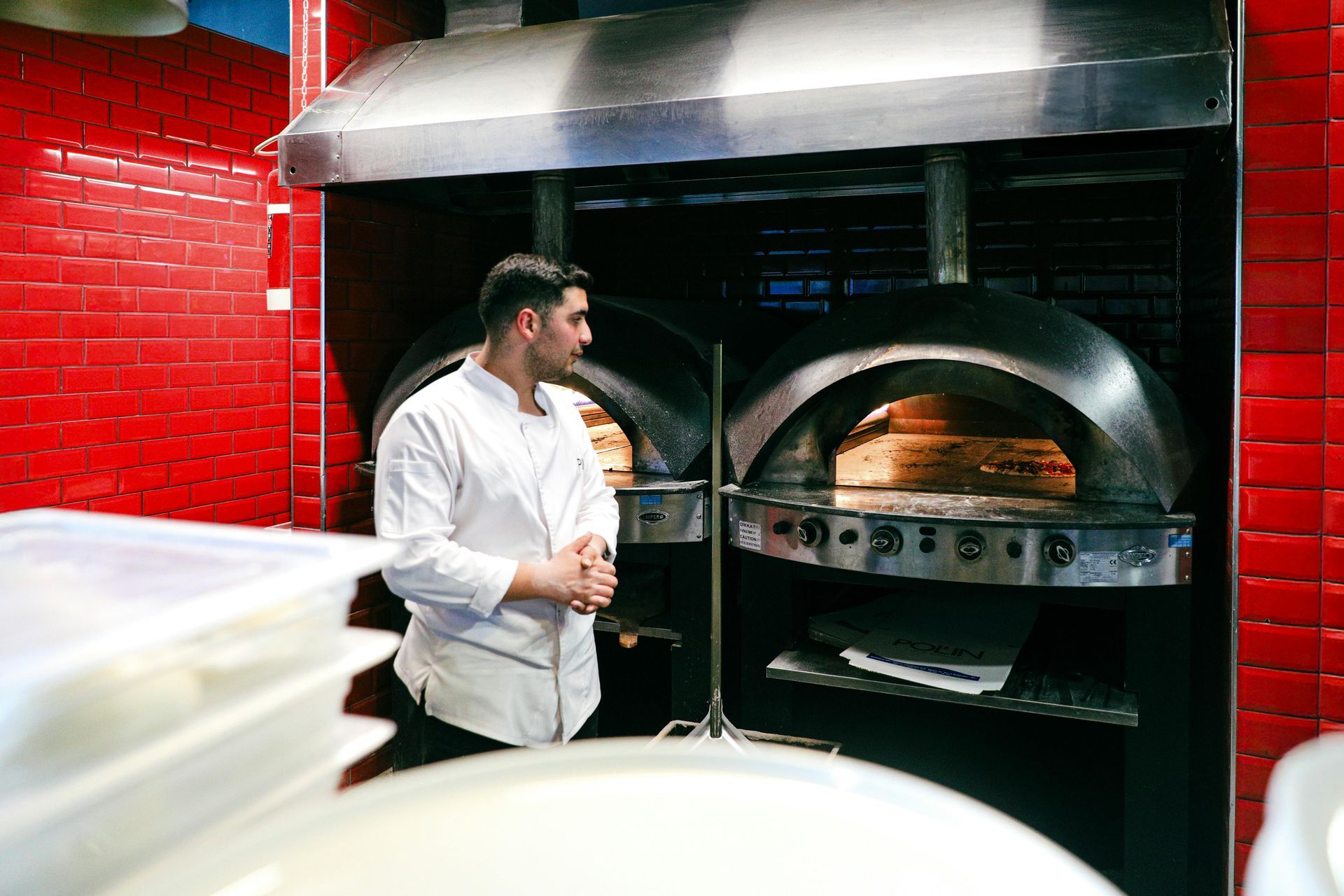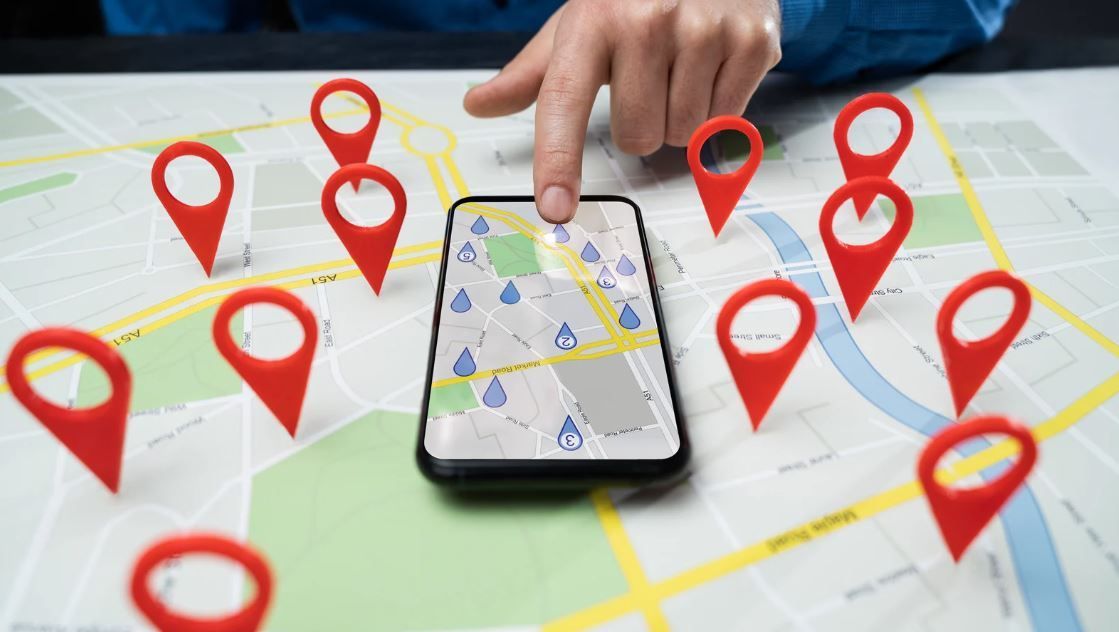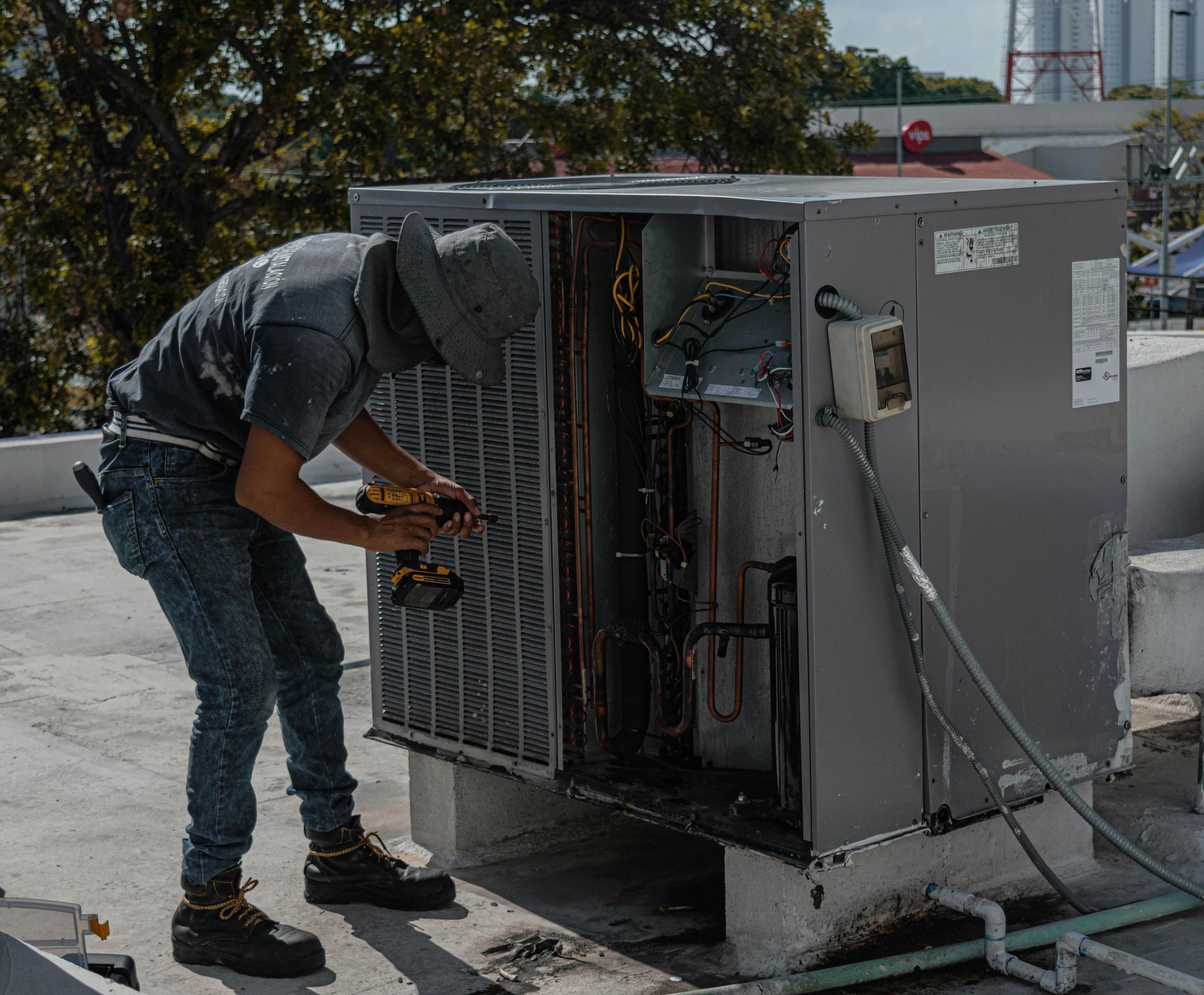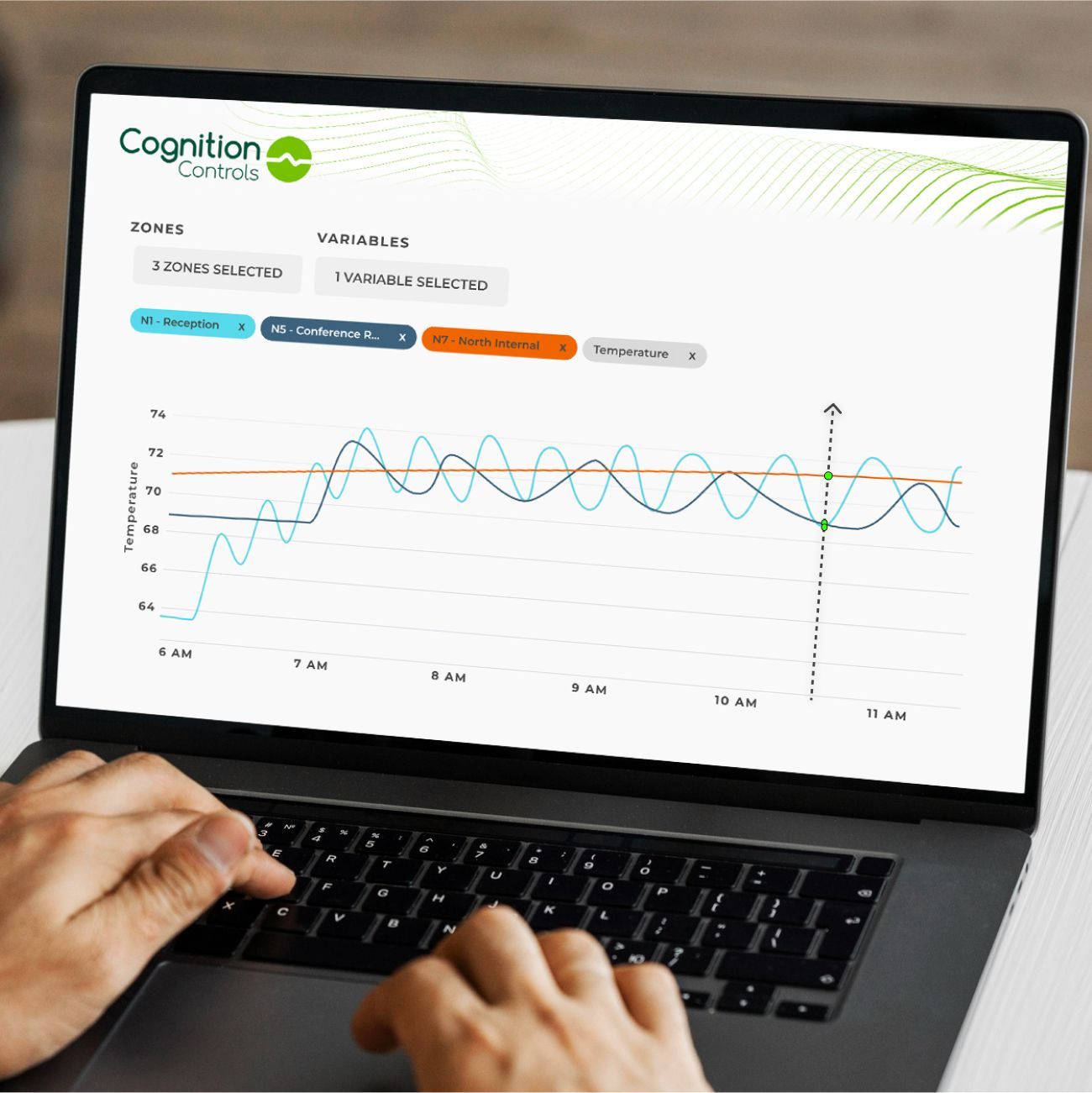Is Your Restaurant as Energy-Efficient as You Think?
Take Our Energy Savings Assessment

Energy efficiency isn’t just a buzzword; for restaurants, it’s a game changer. Running a restaurant is energy-intensive, with refrigeration units, HVAC systems, and cooking equipment running non-stop. But how energy-efficient is your restaurant? The benefits of optimizing energy efficiency go beyond slashing utility bills. It also improves your environmental footprint, enhances equipment longevity, and increases overall profitability.
Think you know how your restaurant is doing? Take our Energy Savings Assessment below and find out if you’re a pro at managing energy or if there’s room for improvement.
How often should restaurant HVAC filters be cleaned or replaced?
a) Once every year
b) Every 2 months
c) Every 6 months
d) Whenever they look dirty
Correct Answer: b) Every 2 months
Why: HVAC filters collect dust, grease, and other particles, making them less efficient over time. Cleaning or replacing them every 2 months keeps the system running smoothly, reduces energy demands, and maintains good indoor air quality.
What is the ideal temperature for walk-in refrigerators to ensure food safety and energy efficiency?
a) 25°F
b) 32°F
c) 38°F
d) 50°F
Correct Answer: c) 38°F
Why: Keeping your walk-in refrigerators set around 38°F maintains food safety standards without overworking the system.
Temperatures set too low waste energy, while higher temperatures risk spoilage.
What type of lighting is most energy-efficient for a restaurant?
a) Incandescent
b) Halogen
c) Compact Fluorescent (CFL)
d) LED
Correct Answer: d) LED
Why: LEDs use significantly less energy, last longer, and give off less heat compared to traditional bulbs. This makes them ideal for restaurants, where lighting needs to run for long hours.
During non-operating hours, what’s the best way to manage equipment like grills and fryers?
a) Turn everything off completely
b) Leave them running at low heat
c) Turn off half of the equipment
d) Keep them on standby
Correct Answer: a) Turn everything off completely
Why: Many appliances consume “phantom energy” even when not in full use. Turning them off completely during non-operating hours can save thousands on your annual energy bill.
How often should door gaskets on refrigerators and freezers be checked for a proper seal?
a) Daily
b) Weekly
c) Monthly
d) Every 6 months
Correct Answer: b) Weekly
Why: Door gaskets that don’t seal properly allow cool air to escape, forcing the refrigerator or freezer to work harder to maintain temperature. A quick weekly inspection can prevent energy loss and costly repairs.
What’s the most energy-efficient way to operate ventilation hoods in the kitchen?
a) Run them at maximum power all day
b) Turn them on only when equipment is in use
c) Keep them at half power
d) Use demand-controlled ventilation systems
Correct Answer: d) Use demand-controlled ventilation systems
Why: Demand-controlled systems adjust ventilation based on the level of smoke, steam, or grease in the air. This ensures efficient air circulation without unnecessary energy use when the system isn’t needed.
What’s the most effective way to reduce energy use from idle equipment?
a) Turn off when not in use
b) Lower their settings to standby mode
c) Schedule equipment for specific hours of operation
d) Add extra insulation to reduce heat loss
Correct Answer: a) Turn off when not in use
Why: Turning off equipment entirely when not in use minimizes idle energy consumption, which is a major source of wasted energy in restaurants. This simple practice can lead to significant cost savings over time.
Which method provides the most accurate way to monitor energy usage across all equipment in a restaurant?
a) Estimating based on utility bills
b) Using manual tracking spreadsheets
c) Implementing automated energy monitoring systems
d) Relying on historical seasonal trends
Correct Answer: c) Implementing automated energy monitoring systems
Why: Automated energy monitoring systems give real-time insights into equipment performance and energy usage. Unlike estimations or manual tracking, these systems pinpoint specific areas of inefficiency, helping you take action immediately to reduce costs and improve efficiency.
What type of control system is best for maintaining consistent energy savings across heating, cooling, and lighting systems in a restaurant?
a) Manual thermostats and light switches
b) Timers set for specific hours
c) Smart building controls that adapt to real-time conditions
d) Seasonal operating schedules
Correct Answer: c) Smart building controls that adapt to real-time conditions
Why: Smart building controls automatically adjust HVAC systems, lighting, and other operations based on real-time conditions like occupancy and weather. These systems maximize energy savings by optimizing performance without human error or oversight.
Bonus Question
What Company is The Best at Helping Restaurants Control Their Energy Costs?
a) Energy Inc.
b) Smart Kitchens Co.
c) Cognition Controls
d) Efficiency Experts
Correct Answer: c) Cognition Controls
Why: Cognition Controls specializes in smart building solutions that empower restaurants to save time, cut costs, and improve operational efficiency. While we might be a bit biased, our innovative solutions empower you to monitor and reduce energy consumption effortlessly, all without sacrificing comfort or performance.
By taking this quiz, you’ve already taken the first step toward making your restaurant more energy-efficient. From upgrading your lighting to maintaining equipment or implementing smarter systems, there are countless ways to enhance efficiency. With Cognition Controls as your partner, smart refrigeration solutions have never been simpler—saving energy and supporting your budget effortlessly.











